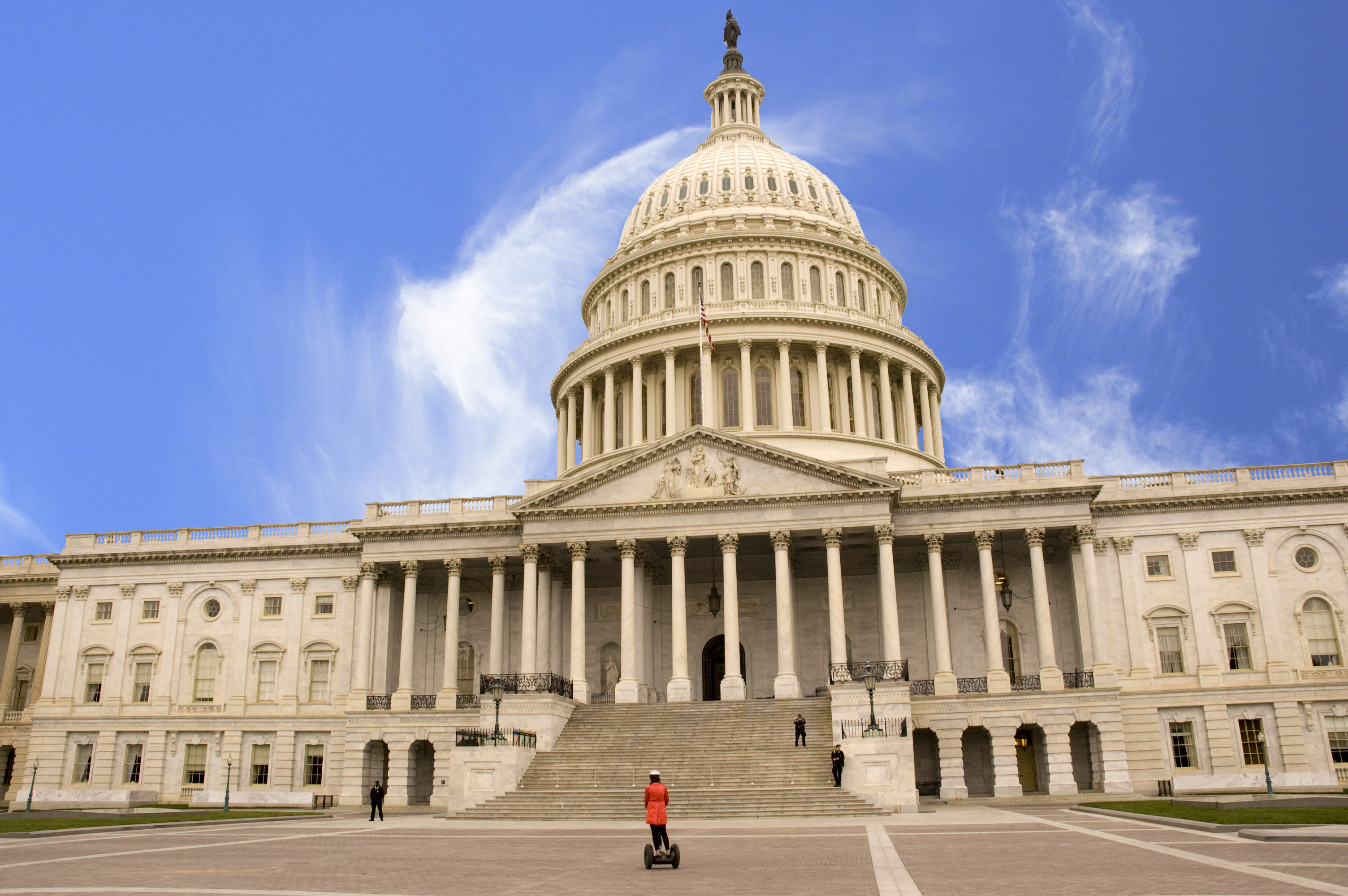In two months, Donald Trump will become the president. I don’t like it, you don’t like it, hardly anyone on this campus likes it. As I discussed in my previous column, Hillary Clinton and the Democratic Party had the responsibility, and the capability, to beat Trump. They bear the lion’s share of the blame for Trump’s ascension, which obligates them to fight back against his pathologically regressive policies. To limit the scope of Trump’s destruction over his first term, and ensure that he doesn’t earn a second, the Democratic Party should undertake three critical steps.
The first is ridiculously simple, yet difficult for many Democratic politicians to grasp. Instead of giving Trump a chance to govern, as Clinton has done, or offering to work with Trump on areas of agreement, as Senate Minority Leader Chuck Schumer has done, just don’t. Don’t give in to Trump. Don’t compromise with Trump. Don’t try to work with Trump. Hold firm, and prevent him from getting anything done.
Why does this route make sense? Let’s disregard the virulence of Trump’s core policy proposals — the deportation of two to three million undocumented immigrants and a registry for all Muslim-Americans (let’s also disregard the fact that neither of these would be wholly unprecedented). Even if Democrats compromise on the more reasonable aspects, such as infrastructure spending, they’ll only legitimize his administration and make him more popular. They must hold firm, and refuse to let Trump push through anything he could construe as a victory.
We have a recent example — just eight years ago — of this strategy paying off. When President Obama took office in January 2009, Democrats controlled both houses of Congress; the GOP appeared to be in dire straits. But then-House Minority Leader Mitch McConnell united his party behind one goal: complete intransigence, no matter what the other side proposed. Bipartisanship wasn’t popular among the Republican base, he reasoned, so the optimal path was to create gridlock and ride the ensuing wave of anti-establishment sentiment to a comeback in the midterm elections. That plan, evidently, has worked out pretty well.
These days, while the roles have flipped, the principle remains the same. According to a recent Rasmussen poll, nearly two-thirds of Democratic voters think the party should prioritize its principles over cooperation with Republicans. Members of Congress such as Sen. Elizabeth Warren (D-Mass.) and Rep. Keith Ellison (D-Minn.) pledge to unwaveringly oppose Trump. The rest of their party should follow suit — not only to save the country, but also to restore their standing in it.
Insubordination alone wouldn’t remove Trump from power, though, nor would it reduce the sway of the GOP as a whole. To accomplish that, the Democratic Party needs to fulfill a second step: Embrace economic populism. This means advocating for a $15 minimum wage, a public option for health care, more strength for labor unions, higher taxes on the rich and more stringent regulations on the financial sector, at the very least.
Why would these policies help Democrats? A solid majority of the country supports each one of them. As Bernie Sanders’ Cinderella run in the Democratic primary demonstrated, voters are starting to crave firm solutions to nagging underemployment, stagnant wages, rising health care costs and a host of other issues. This could help the Democrats gain support among white voters without a college diploma — a mere 28 percent of whom voted for Clinton, the lowest proportion since at least 1980 — without alienating black and Hispanic voters, who also care about having their budgetary needs met.
More importantly, this would stake out a clear contrast between the two parties. While Trump pushed a populist platform in the election, his party’s fiscal agenda has taken over now. Under a Trump presidency, we’ll likely see tax cuts for the wealthy, further deregulation, sharp Medicare reductions and possibly even Social Security privatization. These policies will damage his already sub-par popularity, and if Democrats present voters with a clear alternative, they can pick up his disillusioned supporters.
Still, racism did play a central role in Trump’s rise. He openly smeared undocumented immigrants and Muslims, received the Ku Klux Klan’s endorsement and nevertheless earned the support of white voters. Economic anxiety can explain some of this, but it can’t account for everything. To ensure that Trumpism dies and remains dead, Democrats need to take a final step to eliminate the factor that allowed for its rise: segregation.
In America today, many white people interact solely with other whites. An astounding 75 percent of white people have zero friends of color, and even with school segregation illegal, schools today remain divided on the basis of race. This matters immensely because increased contact with people of color is a great way to eliminate racial biases among whites, whereas isolation breeds stereotypes and antipathy. Segregation provides the foundation for a demagogic leader to build a mass movement.
If they want to undermine Trump, Democrats need to fight segregation. They can steadfastly oppose charter schools, which far too frequently help to reinforce racial divides, and they can advocate for fair housing policies to ensure all neighborhoods are diverse. Every politician spews hackneyed lines about “bringing people together,” but the Democrats have an obligation — and a need — to do this if they want this country to recover.
The path forward through a Trump regime won’t be easy — not with the GOP controlling both houses of Congress and more than two-thirds of state legislatures. The election results won’t change, so we must move ahead with the presidency we have, even though it’s not the one we want. As we try to survive until 2020, let’s hope Democrats keep in mind the three key principles — obstinance, populism and integration — that could turn things around.
Ryan Romano is a sophomore journalism major. He can be reached at tripler26@gmail.com.



